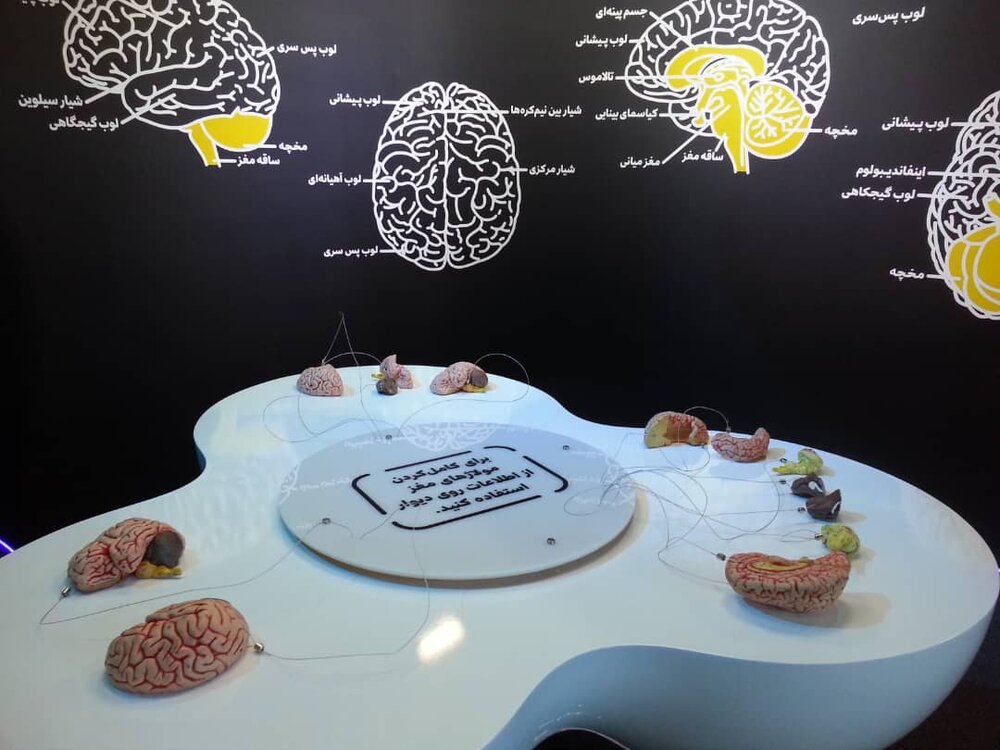‘Iran advanced in brain electrical activity research’

TEHRAN –Iran is one of the advanced countries in the field of brain electrical activity research, said Hamed Ekhtiari an official with the National Brain Mapping Laboratory.
Neurons in the brain communicate via rapid electrical impulses that allow the brain to coordinate behavior, sensation, thoughts, and emotion. Scientists who want to study this electrical activity usually measure these signals with electrodes inserted into the brain, a task that is notoriously difficult and time-consuming.
The Iranian researchers are manufacturing devices for different medical services to synchronize with global society in coming years, he said.
The technologies dealing with cognitive science is tangible in everyday life and people and patients suffering from neurodegenerative diseases, he said.
Addiction, uncontrolled seizures and even depression, which do not respond to medicines are problems, which can be solved with cognitive technologies, he said.
“Now we are working on a project, which focuses on electrical stimulation for better habits, those who suffers from obesity can eat less and those who are addicted can control drug consumption,” he added.
Although the projects are now in research phase, they will lead to solution later, he explained.
The medical treatment affected the chemical part of the brain but the electrical activity can affect another part of the brain for treatment, he said.
Using electrical stimulation to cure brain diseases
According to sapienlabs.co, electric stimulation of the brain is hardly a new concept. Luigi Galvani discovered that electricity stimulated nerves and muscles in the 1780s. From there the idea that electricity might help to cure ailments of the brain was within reason. Of course, our knowledge and finesse has matured greatly since then. Each contributing researcher and medical practitioner has added discovery upon discovery, breakthrough upon breakthrough.
Stimulating pathways within the brain
Deep brain stimulation (DBS) has been used to treat conditions as diverse as Parkinson’s, Pain and Depression with real success. DBS has relieved symptoms of tremor and muscle stiffness in patients with Parkinson’s and has had success for treatment-resistant depression patients, with researchers showing it to be 71 percent more effective than sham treatments.
DBS typically targets major nerve pathways within the brain stimulating connections between distinct regions. This is, however, a highly invasive procedure that involves brain surgery to implant a small battery operated stimulating device within the brain called an implantable pulse generator and is usually a last resort therapy.
Stimulating from the outside
Beyond major pathways however, there are other non-invasive ways of stimulating the brain such as transcranial direct current stimulation (tDCS), alternating current stimulation (ACS) and repetitive transcranial magnetic stimulation (rTMS).
These methods manipulate the overall electrical field of the brain in some way either by external electrical stimulation through electrodes placed on the scalp or by applying a magnetic field. A review of a number of studies where stimulation was used to counter the effects of Alzheimer’s and mild cognitive impairment found a reasonable success. So has the effects of these techniques on Stroke.
Stimulation for everyday life
The success of brain stimulation has led entrepreneurs to wonder if hijacking the electric dance of our minds might be useful to the everyday consumer. What if a quick, safe machine zap could put you to sleep? What if it could make you the life of the party? Help you study for a tough exam?
That there might be a revolution at all, however, is something to get excited about. If eventually we were able to read individual brain activity and stimulate in a manner that was individually tailored rather than one stimulus fits all, this could change things profoundly.
SB/MQ/MG
